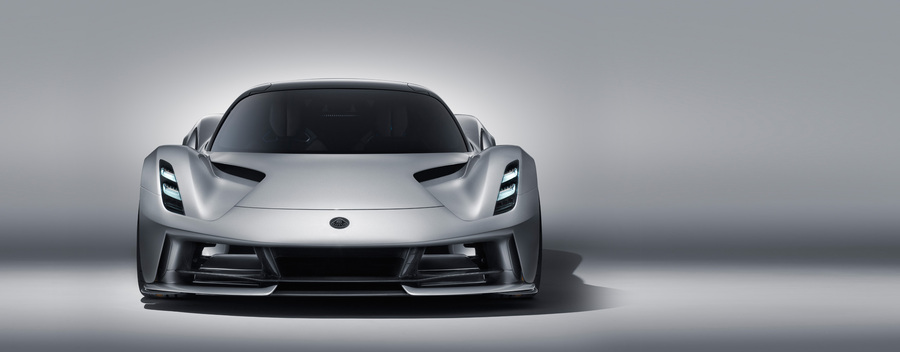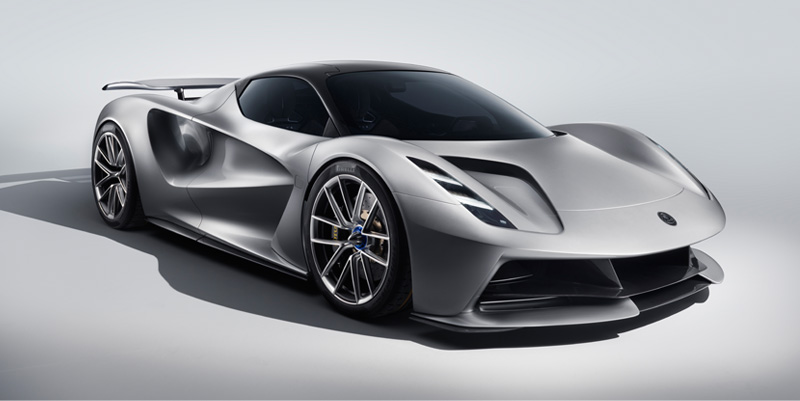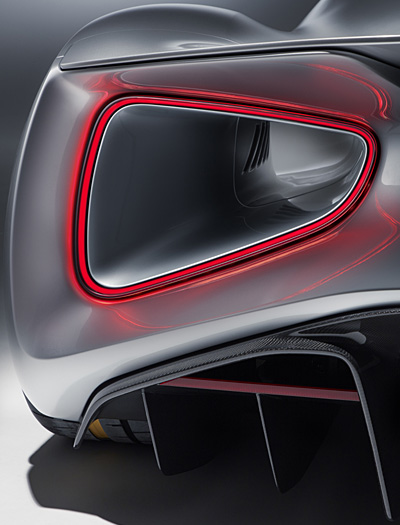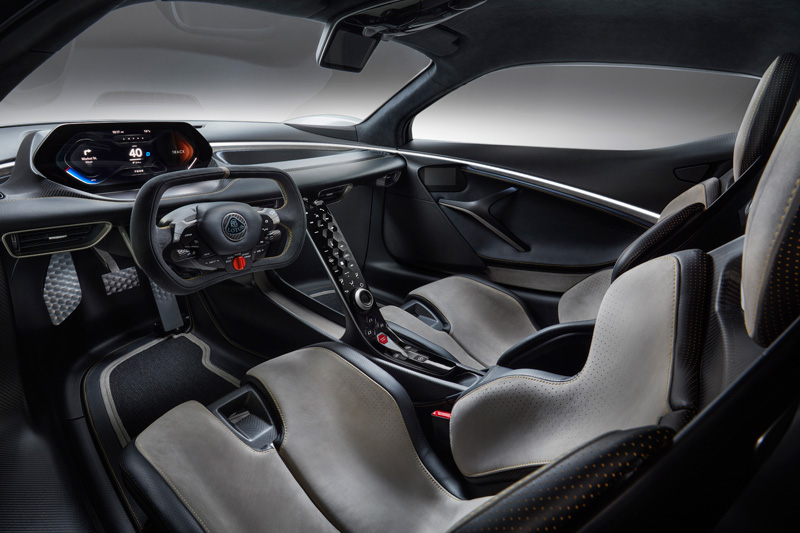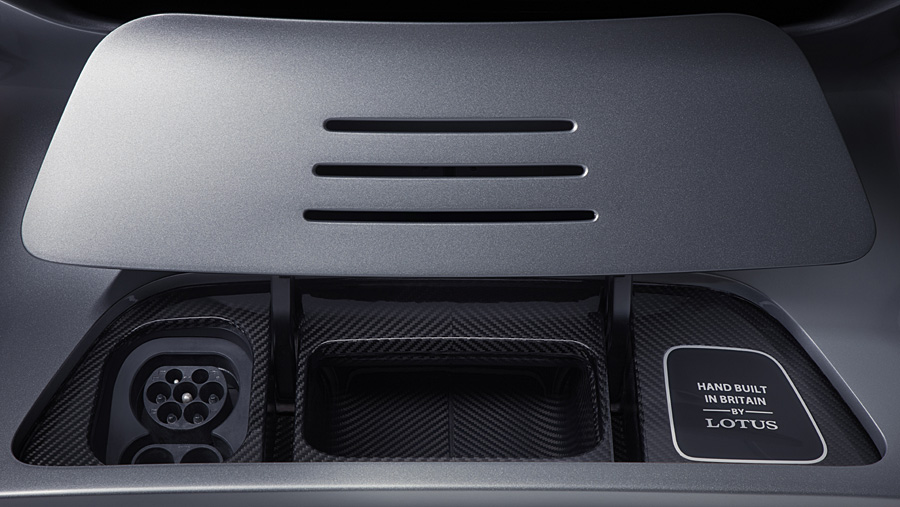Evija. The first of its kind.
True to its name, this machine from the laboratories of Lotus, the British sports car manufacturer is the first of its kind in an entirely new avenue of vehicles where speaking of 0-100 is equivalent to committing a lowly gaffe.
Touted to be one of the most potent series production car ever made, the 2000 hp (yes, you read that right. Two thousand Horsepower) Evija derives all its power from a high functioning science project: a set of motors mated to a battery. The propulsion power has been jointly developed with Williams Advanced Engineering. The battery pack is a high-density unit that sits mid-mounted, and supplies to four motors; one at each wheel.
The electric range of the Evija is rated at 400 km on the WLTP cycle, and 0-300 km/h comes in under 9s, while an electronically limited top speed of 320 km/h can be reached. It also comes with exceptional fast charging claims: a 350 kWh unit can charge the 70kWh / 2000kW battery pack to 80% in 12 minutes, and 100% in 6 more.
However, this isn’t the most exciting aspect of the Evija. Enzo Ferrari often said that aerodynamics is for those who do not know how to build engines. With engines out of the equation, the chaps at Lotus have shifted all their focus to the former variable.
Designed on a “Carved by air” philosophy, the carbon-fibre structure comprises of venturi channels and ducts in all significant positions such as around headlamps and wheel arches to direct airflow from within and over the cabin. Retractable cameras that project onto screens have eliminated unnecessary drag created due to wing-mirrors. The charging port is located at the rear and is covered with a mechanised flap that sits under the Lotus badge. An interesting feature of this badge is that it is illuminated; more specifically, the T in the word illuminates separately when the car is reversing.
The interior is a very driver-focused space, with a floating digital instrument panel and a racing steering wheel with different driving modes and controls for a drag reduction system (DRS) at the rear diffuser. The carbon fibre seat shells with cushioned Alcantara are designed to accommodate the widest variety of drivers. While the Evija is at home on the track, it has certain practicality to it given the two fitted luggage compartments, incorporated into the body at hip level. Use of hexagonal buttons and textures in a hammer-tone pattern is extensive around the centre console and the foot pedals.
It comes with many technology firsts, such as an all-LASER headlamp cluster and connected car capabilities in a hypercar with over the air updates.
The car can be heavily customised to suit personal taste, and shall begin at £ 1.2 million, and is set to enter production in 2020. If the claimed power bears fruit, the Evija will dethrone the likes of the Koenigsegg One: One and the Bugatti Chiron; laying waste to years of indomitable performance figures once known to internal combustion engines only.

